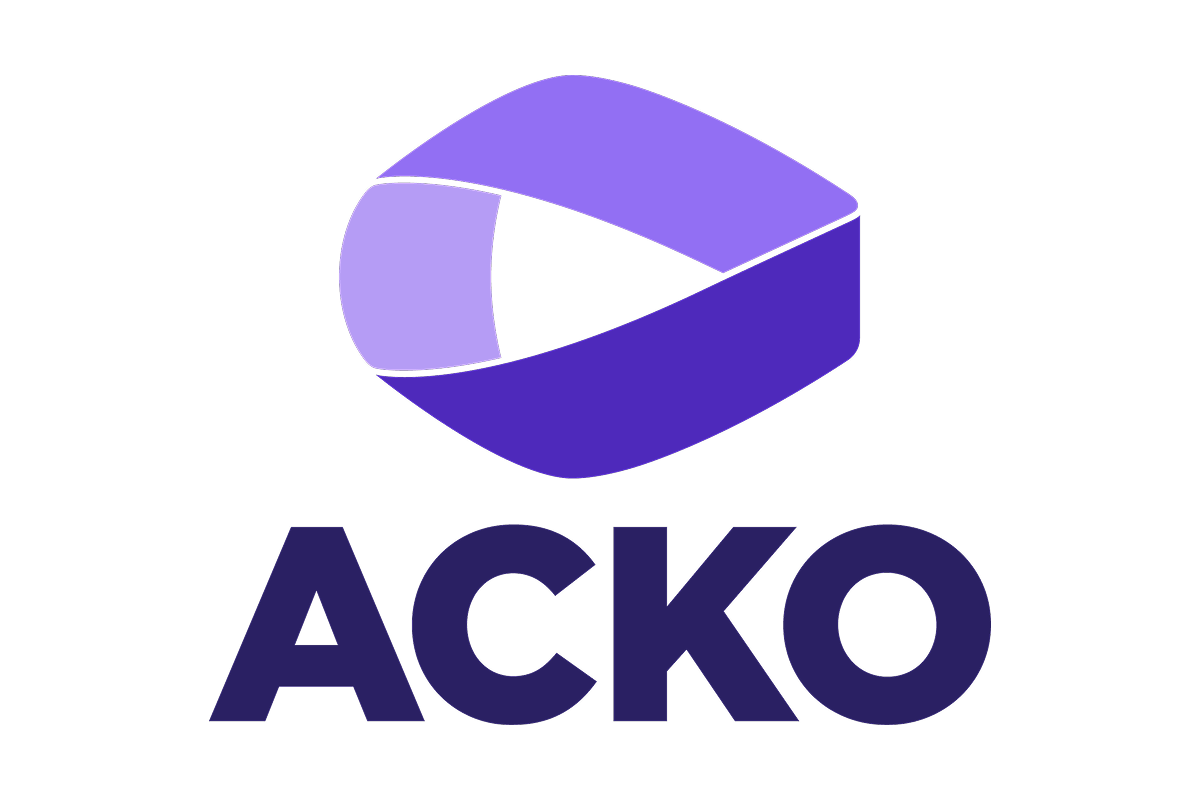India’s motor insurance market is shifting gears — and fast. With over 50 million cars on the road and digital adoption at an all-time high, insurers are redefining how protection of the vehicle with insurance works. This change also marks the rise of usage-based insurance (UBI). It indicates a new era where premiums depend on how, when, and how much you drive.
Key Drivers for Digital Inflection in India’s Motor Insurance Market
The four pointers below elaborate on the trends that drove India’s motor insurance market towards digital inflection:
1. Changing consumer preferences
In 2023, the digital insurance market in India was valued at approximately $12 billion. It is predicted to grow at a 25% CAGR and reach $50 billion by 2030. This growth is also driven by the tech-savvy customer base, especially millennials and Gen Z. They demand online car insurance service with greater transparency, flexibility, and personalised experiences.
This flexibility is the reason why UBI is gaining popularity. Policies such as pay-as-you-drive (PAYD) and pay-how-you-drive (PHYD) offer customers cost-effective alternatives for safe, low-mileage drivers. This also aligns with their actual usage and behaviour, which traditional models fail to do.
2. Technological innovation
The integration of technologies, such as telematics, artificial intelligence (AI), and Internet of Things (IoT), is central to the digital shift. The Indian government recently invested ₹10,300 crore in 2024 in AI to strengthen its capabilities. This technological advancement also contributes to its integration in the Indian motor insurance market.
These technologies collect real-time data on driving behaviours, enabling precise risk assessment and personalised premium calculations. Thus, the adoption of these technologies accelerates India’s progress toward reaching a digital inflection point.
3. Regulatory support
The support from Indian regulatory bodies has also led India’s motor insurance market to reach a digital inflection point. The Insurance Regulatory and Development Authority of India (IRDAI) has encouraged innovation through several initiatives.
For instance, the Bima Sugam initiative aims to promote digital insurance adoption and add to customer savings. The purpose of this initiative is also to boost digital adoption further.
4. AI operational efficiency
Insurers are using AI-powered automation to simplify underwriting and claims processing. It has been found that the use of AI approximately reduces 1.3 hours of work daily. This contributes to increased efficiency in insurance companies, leading to higher employee productivity.
The output of this also affects the quality of service companies provide to their customers. Moreover, the digitalisation of work in insurance companies extends to the services they provide, thereby transforming India’s motor insurance market.
How are Motor Insurance Companies Responding to Digital Inflection?
Leading private players are actively responding to the change through these adoptions:
- Digital services: Insurers are developing user-friendly online portals and mobile applications. It allows customers to easily purchase/renew policies, file claims, track their status, and more without human intervention.
- Usage-based models: Insurers are moving away from the ‘one-size-fits-all’ model to offer policies, such as PAYD and PHYD. These models use telematics and data-driven tools to decide on the car insurance premiums of the customers.
- AI-powered operations: AI-powered chatbots, virtual assistants, image recognition, and video analysis enable insurance to operate with high efficiency. It not only helps in instant customer support but also eases the claims process.
What are the Challenges Ahead for India’s Motor Insurance Market?
The digital landscape offers growth but also poses specific challenges for the motor insurance market in India. These challenges that the market needs to overcome are as follows:
- Data privacy concerns: The digital landscape brings with it issues relating to data privacy. In 2024, there were 22.68 lakh cybersecurity incidents in India. This is a challenge that India’s motor insurance market needs to address. Currently, insurers use firewalls and blockchain for their data security.
- Need for enhanced telematics infrastructure: Moreover, India also needs its digital infrastructure to be highly developed. This development should reflect in all of India and not just the urban regions. This digital infrastructure development is another challenge for the insurers to address.
- Improved knowledge and awareness: Finally, India’s non-life insurance penetration rate in 2024 was just 1%. This includes the car insurance sector as well. This reflects the lack of awareness and responsibility in Indian individuals. Recovering from this and then promoting digital solutions will also be a challenge for the motor insurance industry.
Overall, the Indian motor insurance landscape is rapidly transforming. This transformation comes with the adoption of UBI models set to become mainstream. They offer a fairer, data-driven, and personalised approach to insurance that benefits both insurers and policyholders.
Media Contact
Acko Technology and Services Private Limited
hello@acko.com


